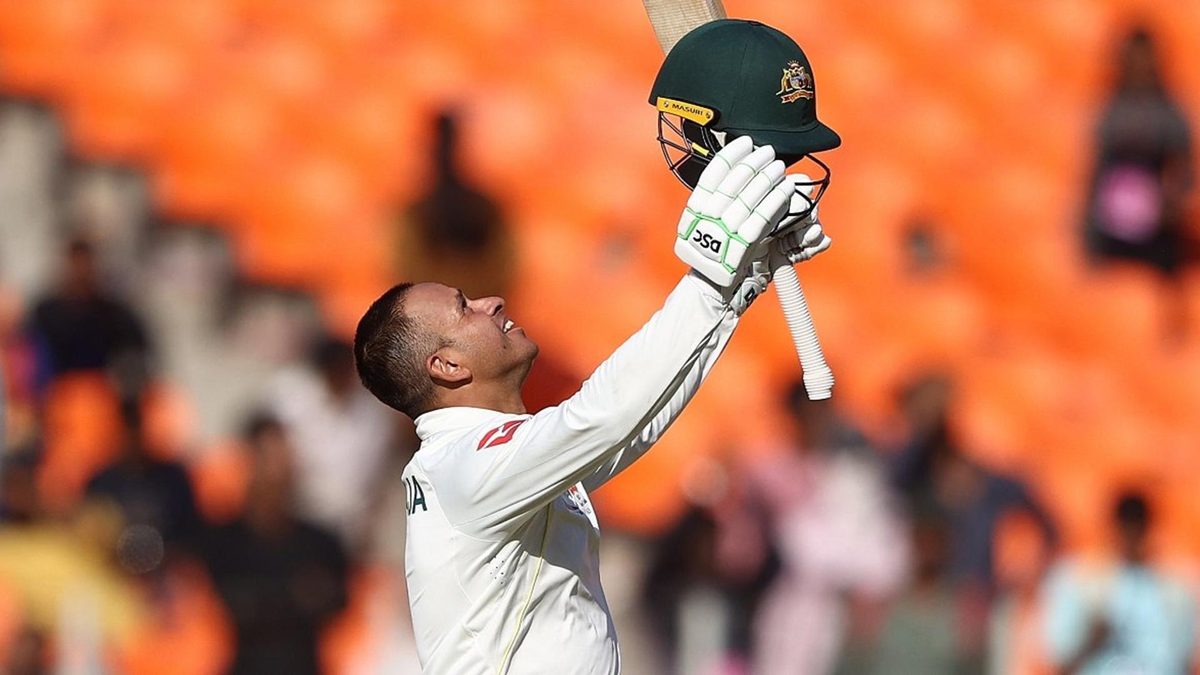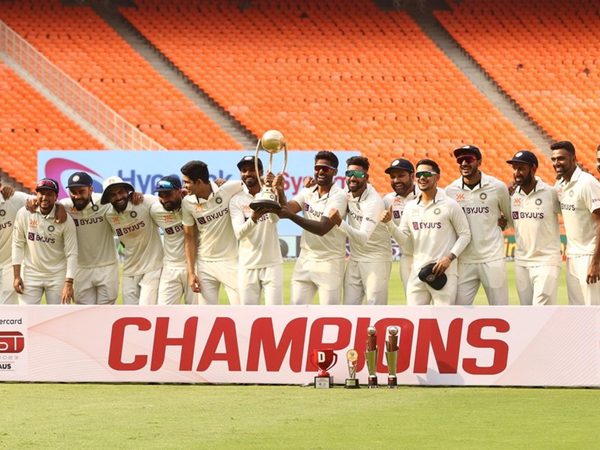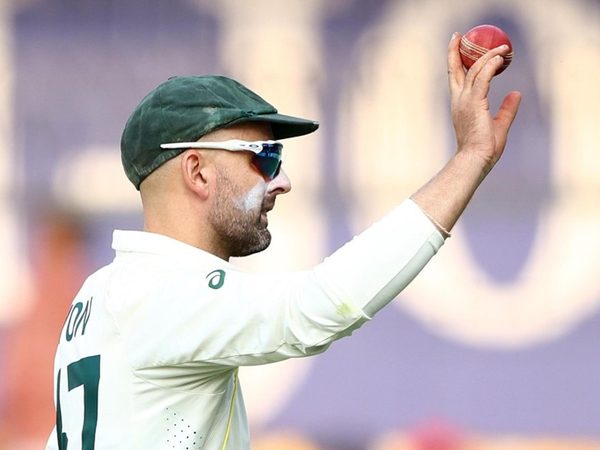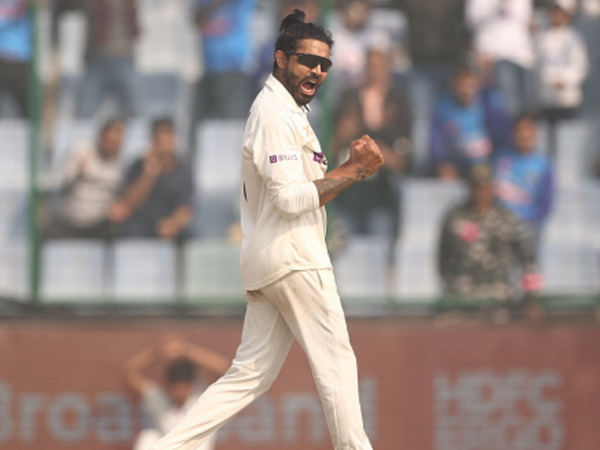
Usman Khawaja had arrived to play his first Test in India with an outstanding year and a bit under his belt. He did his reputation no harm by carrying on his outstanding run, writes Abhishek Mukherjee.
Open your browser and type something like ‘World XI 2022 Test cricket’, and every page you land up on is likely to feature Usman Khawaja at the top – and why not?
Khawaja celebrated his comeback to the Test side after two and a half years with 137 and 101 not out in an Ashes Test, and finished the year with 1,080 runs at 67.50. He then made an unbeaten 195 in early 2023, his last innings before the India tour.
He had found success while batting at the top before, with hundreds in Adelaide and Dubai, but it was really in 2021/22, on the other side of Justin Langer’s stint as head coach, that he established himself not only in the XI but at the top of the order as well.
India is where touring teams seldom do well. Everything is difficult here, from the pitches to the ball to the nature of bowling attacks. The usual notion of giving the first hour to the bowlers is not always applicable to openers in India, for it is then that you face the finger-spinners, who have grown up learning their tricks with the SG ball on these pitches.
Openers face a challenge of a different sort here. A tour in the heat of March adds to it. And Australia have not won a Test series here in 18 years. It was going to be difficult. Few have been up to the task.
From the last quarter of a century, you will find Saeed Anwar, who kept Javagal Srinath at bay at the Eden Gardens, carrying his bat through the innings. They will also tell you that it was nothing close to a rank turner.
Matthew Hayden had swept his way to 549 runs in three Test matches in 2000/01 – but that was against an attack where Harbhajan Singh was the only Indian to take more than three wickets.
Alastair Cook, of course, is different. He remains only touring batter to score Test hundreds in five different Indian venues, three of which came in consecutive Test matches on the historic 2012/13 tour.
Since Cook, no touring opener has scored 250 runs in a Test series in India at an average over 40 – not because of an inexplicable, drastic global decline but the growing strength of the Indian attacks. There is no weak link anymore. And over the years, the pitches have become more and more difficult to bat on.
This was what Khawaja was up against. And there was little reason for anyone to be optimistic after he made one and five in Nagpur, falling once to pace, once to spin. His perceived struggles against spin were a theme of his early career. Was this a continuation?
That changed in Delhi, where he got the pitch at its easiest, and batted beautifully for his 81 before he fell – you read it right – reverse sweeping. In the second innings, he was part of Australia’s sweepathon folly.
Australia were losing, Khawaja had failed thrice in four innings. But at Indore, after India were bowled out for 109 early on the first day, he found his comfort zone.
The pitch was past its worst phase of the day. There was no hurry. Khawaja could take his time, dig deep, bat in – in fact, that was what Australia would have preferred him to.
He made 60, more than any two batters had scored in either first innings. Not a huge score, but colossal when put in perspective of the Test match. Yet, he fell second ball in the low chase, and the first-innings total lay forgotten.
Ahmedabad had the easiest pitch of the series. The SG ball was still there, as were five excellent Indian bowlers, but the pitch offered true bounce and little turn. Still, after five collapses, what Australia needed after winning the toss was to bat out the day.
Travis Head edged at the other end and survived, and got out. Marnus Labuschagne followed. After a reasonable partnership, Steve Smith and Peter Handscomb followed in quick succession. Cam Green came and played his shots.
Nothing mattered. Nothing. This was a slow pitch, and even if it turned, there was enough time to play.
At 82, he made the highest score for Australia in the series, going past, well, you know if you have read until this point. Then he became the first Australian opener to score a Test hundred in India since 2010/11.
By stumps, he had faced 251 balls, the longest innings of the series from either side. He was on 104, not a big score but gargantuan in the context of the series, and when pitted against the fact that only three Australian openers have got a 150 in India, he has a chance for something seismic.
Khawaja averages 42.83 in the series. Again, not enormous, but pit that against the 23.81 the others in the Australian top seven have averaged this series or the 22.15 of the Indian top seven, and you get a feeling of how good he has been in this series.
He still has work to do, but there is little doubt that he will leave India with a legacy, of being the first touring opener to have an outstanding series since the home bowling attack reached unprecedented depth.
As things stand now, his average as opener, 68.38, is the highest with a 1,500-run cut-off – and we are talking all Test cricket here. In Asia, that average reads 74.60 – more than anyone, again, including Asian openers.
While opening batting, Khawaja includes average of forty in all five Asian countries he has played in, a statistic that sits smugly next to his 59.90 at home. All this, while playing in an era dominated by the ball.
One can only wonder how much of Khawaja Australia missed out on by leaving him out.








